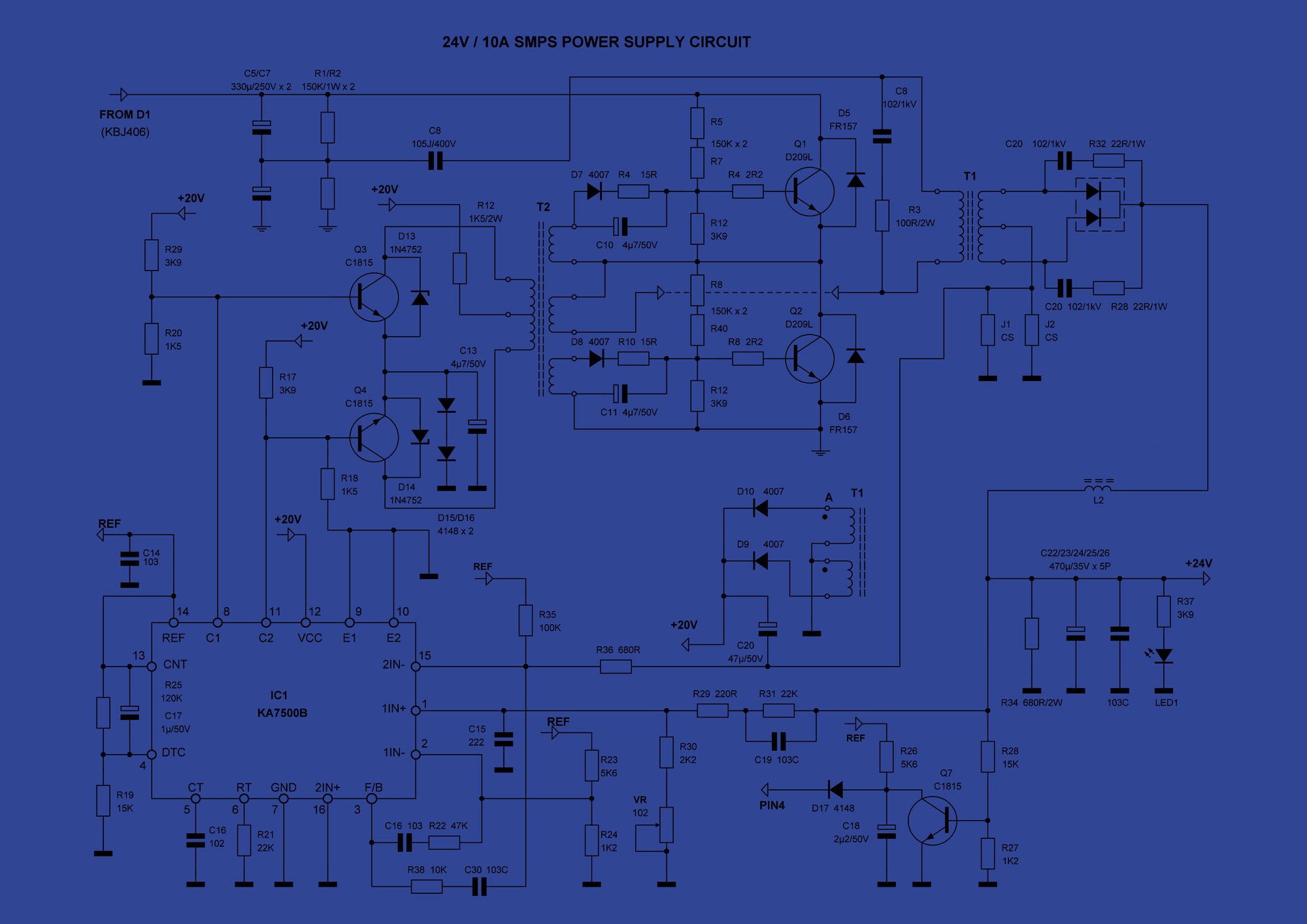

Start Here:
CISPR 16: “Specification for radio disturbance and immunity measuring apparatus and methods”
CISPR 16 is one of the key standards governing the measurement instrumentation used in EMC testing.
CISPR 16 is a core standard governing the measurement instruments used in many forms of EMC testing, both for other CISPR standards such as CISPR 12, but ISO and others as well. It is generally harmonized with ANSI C63.2, which is the instrumentation standards called out by ANSI C63.4, which is the test method required for FCC testing. (The tangled knots we weave in standards!) The most recent official version is from 2019, and it can be purchased here. It generally covers the frequency range 9 kHz - 18 GHz, although it can be extended higher.
This standard gets deep into the weeds for the details of how measurements are taken, both for immunity/susceptibility and for emissions. For instance, this is one of the few places where the mathematical definitions of how quasi-peak measurements are weighted are written down.
As with other IEC/CISPR documents, there are a lot of sub-parts of CISPR 16:
Having official copies of these documents is critical if you are an instrument manufacturer or certified test lab.
TIP:
CISPR 16 explains the differences between spectrum analyzers and EMI receivers and treats them separately. This is a subtle difference since they both give the same apparent output to the casual observer (voltage amplitude vs. frequency). If you are using this equipment it is important to know the strengths and weaknesses of both and understand which one you’re working with.

